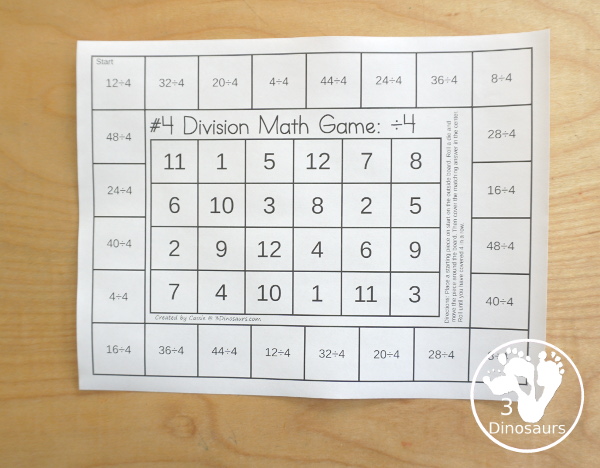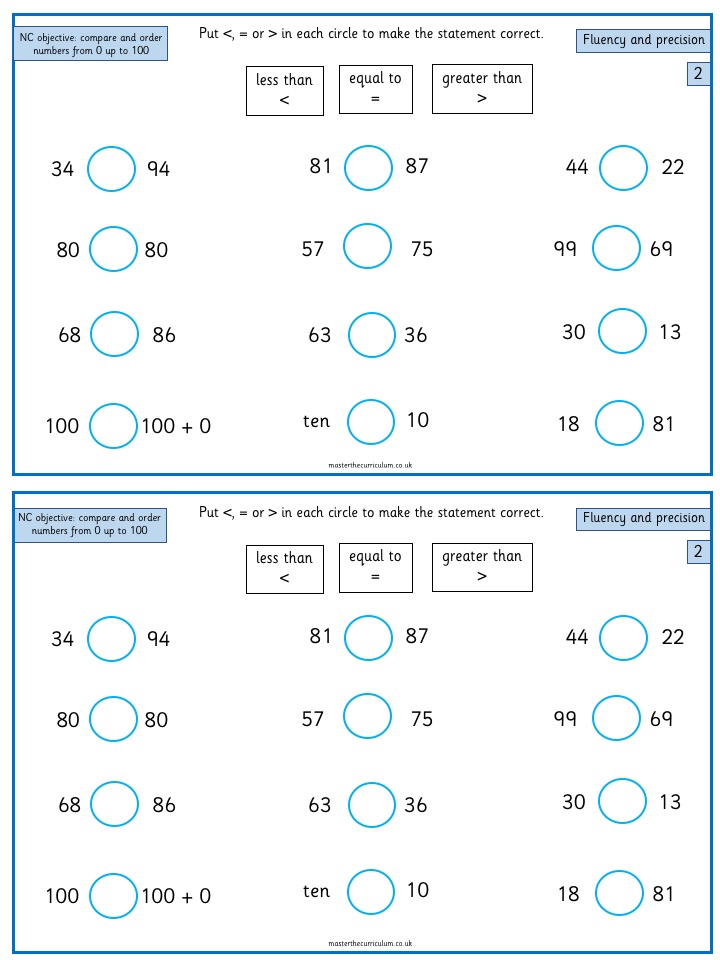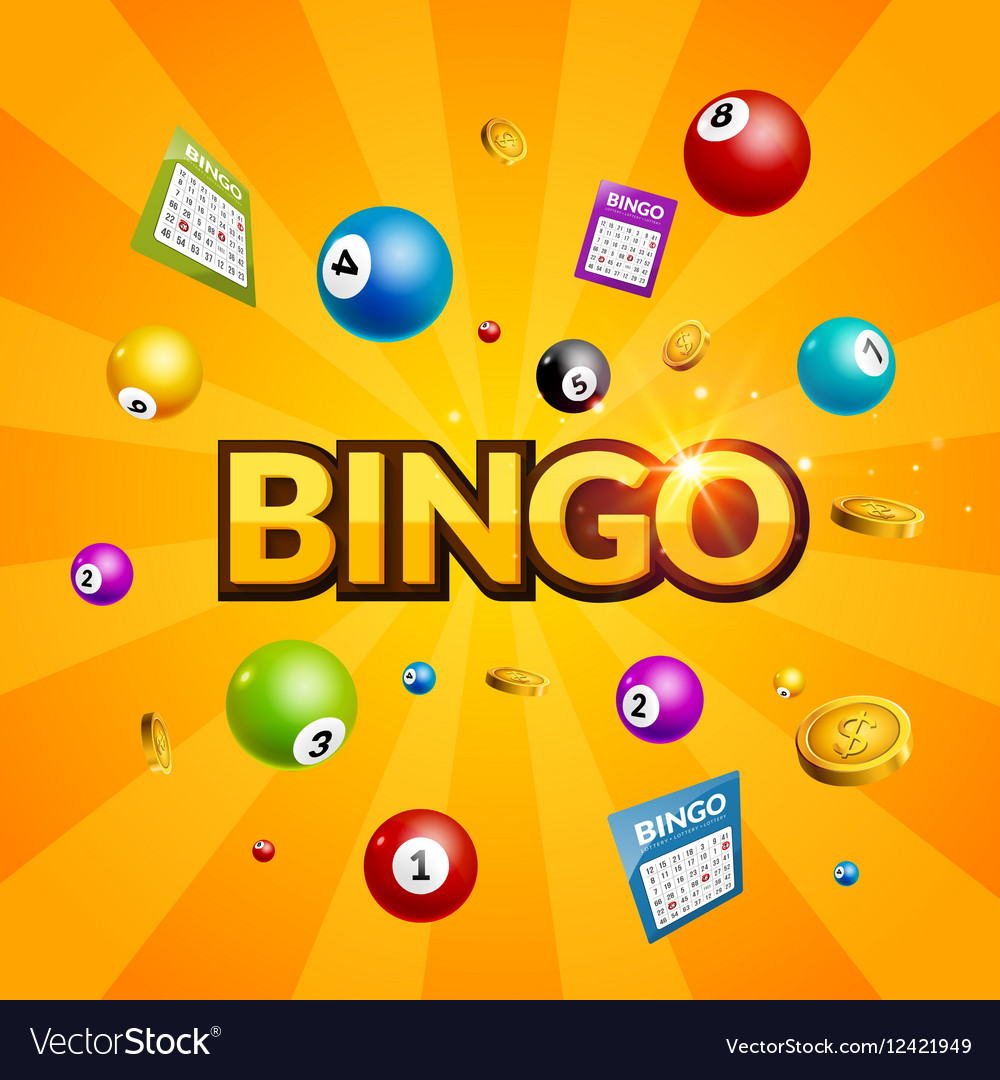
Statistical courses require students to develop their understanding of statistics and to use this knowledge to solve problems. Students are taught how to interpret and manipulate data, as well as how research data is interpreted. This knowledge is useful for students in many science and engineering disciplines. Students studying medicine or biology, for example, can use statistics in solving problems related to their subject areas. Statistics can be used to help students understand business economics, and business strategies.
In addition to these basic knowledge, students also learn how to interpret the results of statistical procedures. Students in business and law need to be able to use this skill. This skill can also be used as a foundation to further study or professional work in the area.
During a semester project, students present their work to classmates and the instructor. Students must show how they have used statistics on actual data. Instructors are responsible for assessing the projects and students' performance during midterm and final exams. Students are evaluated on their attitude, mathematical-based subjects, as well as professional competence.

The redesign of Statistics course includes three main features: a collection of solved examples, detailed tests, and minute papers. The information used to redesign the course was taken from the surveys of course graduates and from the COVID-19-related experience. It also takes into account the needs of all stakeholders.
The redesign of Statistics course is intended to improve active learning. It includes short videos, detailed papers, tests, and solved examples. These active-learning tools are intended to motivate students to complete assignments and to find creative ways to solve problems. These elements also contribute to the development of soft skills. A number of other changes were made to the design, such as adding a semester project that is inspired by real-world examples.
The redesign of Statistics course is intended to motivate students to participate more actively in the class. Teachers should give students sufficient time to complete redesign. They should consider the opinions of course graduate and the needs for stakeholders.
In addition to active learning components, Statistics course teachers began looking for ways to communicate with students. They found that many students had low self-confidence which made them passive during classes. Students were motivated to be more involved by being able to communicate with their teachers. This resulted also in better prepared students.

Statisticians also used active learning techniques. Teachers introduced a reflective journal to students in their Statistics course. Students could use the journal to help them cope with stress and anxiety. The journal also encouraged students to reflect on their performance and suggest ways they could improve. The tutorial was sent via email to students.
For students in many bachelor's programs, statistics courses are mandatory. These courses teach students basic statistics and prepare them to study law, biology, psychology and other professional fields. Students also learn how spreadsheets can be used to do calculations and analyze data. They also learn how to interpret and analyze data from technology, media, and other sources.
FAQ
What is early childhood education?
Early Childhood Education (ECE) is a field that helps children to become healthy and happy adults. It covers everything, from teaching them to read to preparing them to go to kindergarten.
Early childhood education has the goal of helping children learn and grow by offering them age-appropriate experiences.
Early childhood educators are often called upon to assess the developmental needs of each child they come across. This assessment is used to determine if a specific program would be beneficial for each child.
Parents have the chance to interact with teachers, other professionals and parents who have worked with young children.
The role of parents is equally important in the early childhood education. They must know how to properly care for their children and offer guidance and support when needed.
Parents can also join activities to teach their children skills that will be useful throughout their lives.
Although the term preschool education is often used to refer to early childhood education, it can also be used interchangeably for daycare centers. Prekindergarten education starts around three years ago, and early childhood education is similar.
How can I apply for college?
There are many ways to apply for college. Start by speaking with your high school admissions counselor. Many high schools now use online applications. You can also get in touch with local colleges. Many colleges accept applications via the Internet.
If you choose to apply via mail, fill out the application. You will also need to write a personal story and attach copies of all documents. This personal statement allows you to describe why you choose to attend this institution and the benefits it could bring to your life. It is also helpful for admissions committee members to understand your goals, motivations, and values.
On our website, you will find samples of essays that can be downloaded.
How much time should I devote to college preparation?
The time that you intend to spend studying for college is a function of how much you want to spend on it. It is a good idea to start college preparation courses immediately if your goal is to attend college as soon after you graduate high school. You don't have to plan if you expect to be away for several years before going to college.
Talk to your teachers and parents about your plans. They might recommend certain courses. You should keep track of which courses you took and what grades you got. You'll be able to see exactly what you need next year.
What is the average time it takes to become a teacher in early childhood?
The four-year process to earn a bachelor's level in early child education takes. Two years are required to take general education courses offered by most universities.
After finishing your undergraduate degree, you'll usually be accepted into graduate school. This step allows students to focus on a particular area.
One example is to choose to specialize in child psychology or learning difficulties. You must apply for a teacher preparation program after you have completed your master's degree.
This process will take another few years. To gain practical knowledge, you will partner with experienced educators.
You will also need to pass state exams in order to become a teacher.
This process is lengthy and you will not be able instantly to enter the workforce.
Is it better to be a specialist in one subject than in another?
Many students choose to concentrate on one subject (e.g. English History and Math) rather that branching into several subjects. It's not necessary to be a specialist. You could, for example, choose to specialize in surgery or internal medicine if you are considering becoming a physician. You can also choose to be a general practitioner, specializing either in pediatrics or family practice, psychiatry, gerontology, or neurology. If you're considering a business career, you could concentrate on marketing, management, finance, human resources, operations research, or sales. The choice is yours.
What does it entail to be a teacher in early education?
Special training is required for teachers in early childhood education. Before being permitted to teach in public schools, most states require that candidates for teaching positions have been certified by a state board.
Some states require teachers pass reading and math tests.
Some states require teachers who teach early childhood education to have completed a certain amount of coursework.
Most states set minimum requirements for what a teacher should know. These requirements can vary from one state to the next.
What does it take for you to become a teacher at an early age?
First you need to decide if your career path is in early childhood education. A bachelor's degree is required if you are interested in a career as an early childhood educator. In some states, students must have a masters degree.
You may also be required to attend classes during the summer. These courses include topics like pedagogy (the art and science of teaching) or curriculum development.
Many colleges offer associate degrees which lead to teaching certificates.
While some schools offer certificates or bachelor's degrees in early childhood education, others only offer diplomas.
There may not be any need for additional training if your goal is to teach from home.
Statistics
- “Children of homeowners are 116% more likely to graduate from college than children of renters of the same age, race, and income. (habitatbroward.org)
- Data from the Department of Education reveal that, among 2008 college graduates, 92.8 percent of humanities majors have voted at least once since finishing school. (bostonreview.net)
- They are more likely to graduate high school (25%) and finish college (116%). (habitatbroward.org)
- In most developed countries, a high proportion of the population (up to 50%) now enters higher education at some time in their lives. (en.wikipedia.org)
- Think of the rhetorical power of nineteenth-century abolitionist Harriet Beecher Stowe, Martin Luther King, Jr., or Occupy Wall Street activists with their rallying cry of “we are the 99 percent.” (bostonreview.net)
External Links
How To
What can I do to become a teacher in my area?
Teaching jobs are available for public elementary schools as well as private elementary schools.
A bachelor's degree at one of the following institutions is necessary to become a teacher.
-
A four-year university or college
-
An associate's degree program
-
Some two-year community college programs
-
These programs may be combined
To be eligible to become certified for teaching positions, applicants need to meet the state's requirements. These requirements include passing standardized tests, and completing a probationary phase of work experience.
Most states require candidates to pass a test called the Praxis II. This test measures knowledge in reading and writing as well math skills.
A lot of states also require applicants to have a specialized licence before they can be certified to teach.
These licenses are issued by the states' boards of education.
Some states grant licenses without requiring any additional testing. In such cases, applicants should contact their state's board for education to find out if it is possible.
Some states don’t issue licenses until the applicant has completed a master’s degree program.
Other states allow individuals to apply directly to the state board of education for licensure.
There are many licenses available. They vary in cost, length, and requirements.
One example is that some states only require high school diplomas, while others require bachelor's degrees.
Some states may require training in particular areas such as literacy or child developmental.
Some states require candidates have a master's before they can become licensed.
Many states will ask applicants for their prior employment information when they apply to become certified teachers.
It is possible to mention other professions in your application.
However, the majority of states will accept any previous work experience regardless of what job it was.
You might want to list your job title, previous position, and years of experience.
This information is often helpful to potential employers.
It shows them that your skills and experiences are relevant.
You might have acquired valuable work experience or learned new skills while working.
You can showcase this to future employers by putting your resume in their hands.